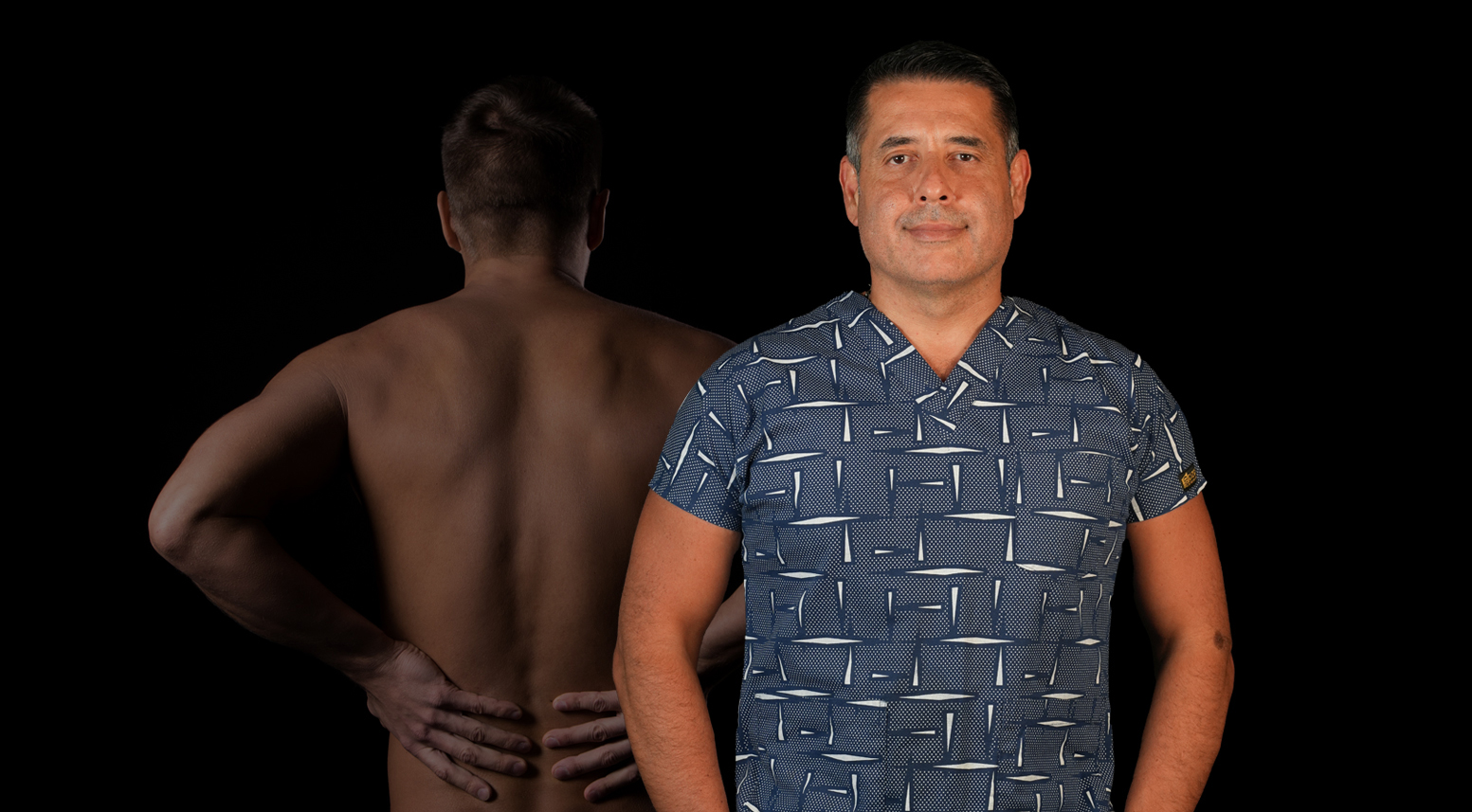


One of the most common causes of pain and discomfort in the back is herniated disc. The problem of herniated disc can negatively affect the quality of life for many people. However, with the right herniated disc treatment methods, these pains can be managed, and quality of life can be improved.
For those diagnosed with herniated disc, all hope is not lost. Modern medicine offers effective and non-surgical options for herniated disc treatment. Having the correct information is the first step in dealing with herniated disc.
A herniated disc is when the intervertebral discs (the discs between the vertebrae) in the lumbar region of the spine are damaged and protrude into the spinal canal or nerve roots. This protrusion puts pressure on the nerves, leading to pain, numbness, or restricted movement in the lower back and legs.
Symptoms of herniated disc can vary from person to person. However, the most common symptoms of herniated disc include:
Among the causes of herniated disc, a sedentary lifestyle is a significant factor. Prolonged sitting, improper sitting habits, and lack of exercise can increase the risk of herniated disc.
Therefore, adopting an active lifestyle and using ergonomic materials can help prevent herniated disc.
Some of the main factors causing herniated disc include:
The treatment for herniated disc can vary depending on the patient's symptoms, age, and overall health. Generally, pain relievers, physical therapy, surgical intervention, and non-surgical herniated disc treatment methods can be applied.
There are many non-surgical herniated disc treatment methods available today, ideal for patients who do not require surgical intervention.
Radiofrequency Ablation for Non-surgical Herniated Disc Treatment: This method uses high-frequency radio waves to apply heat to nerve roots, relieving pain by intervening in nerve endings.
Epiduroscopy for Non-surgical Herniated Disc Treatment: Epiduroscopy is a minimally invasive procedure used to visualize the inside of the spinal canal. The herniated disc is directly visualized and treated using a special camera.
Ozone Therapy for Non-surgical Herniated Disc Treatment: In ozone therapy, ozone gas is injected directly into the herniated disc. This procedure may help reduce inflammation and swelling around the disc.
Cryotherapy for Non-surgical Herniated Disc Treatment: Cryotherapy is a method treated with cold air or liquid nitrogen. Cold may help reduce inflamed tissues in painful areas.
Epidural Steroid Injection for Non-surgical Herniated Disc Treatment: In this method, pain relievers and anti-inflammatory drugs are injected directly into the spinal canal. This may help alleviate pain and reduce inflammation.
The application of non-surgical methods is carried out step by step according to the patient's condition and needs. The primary goal is usually to control pain. Then, reducing disk pressure, and finally applying rehabilitation stages for the patient to return to daily life activities after herniated disc treatment.